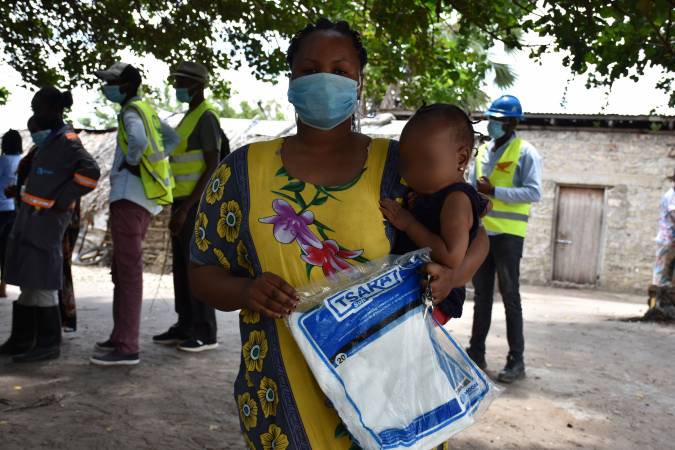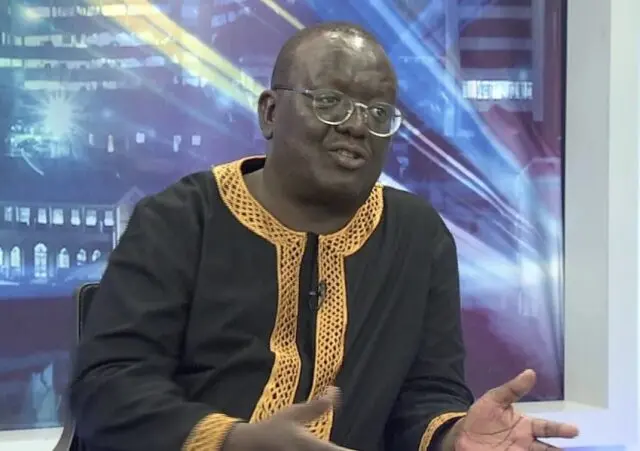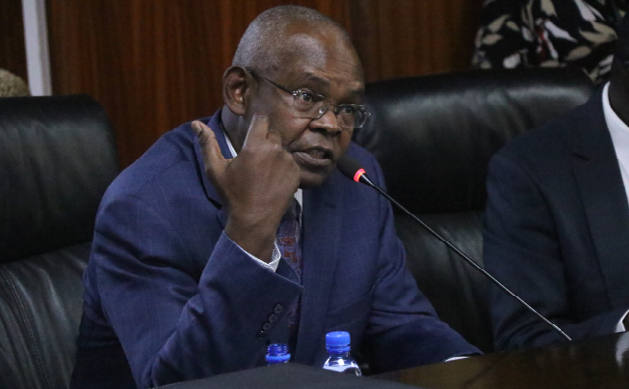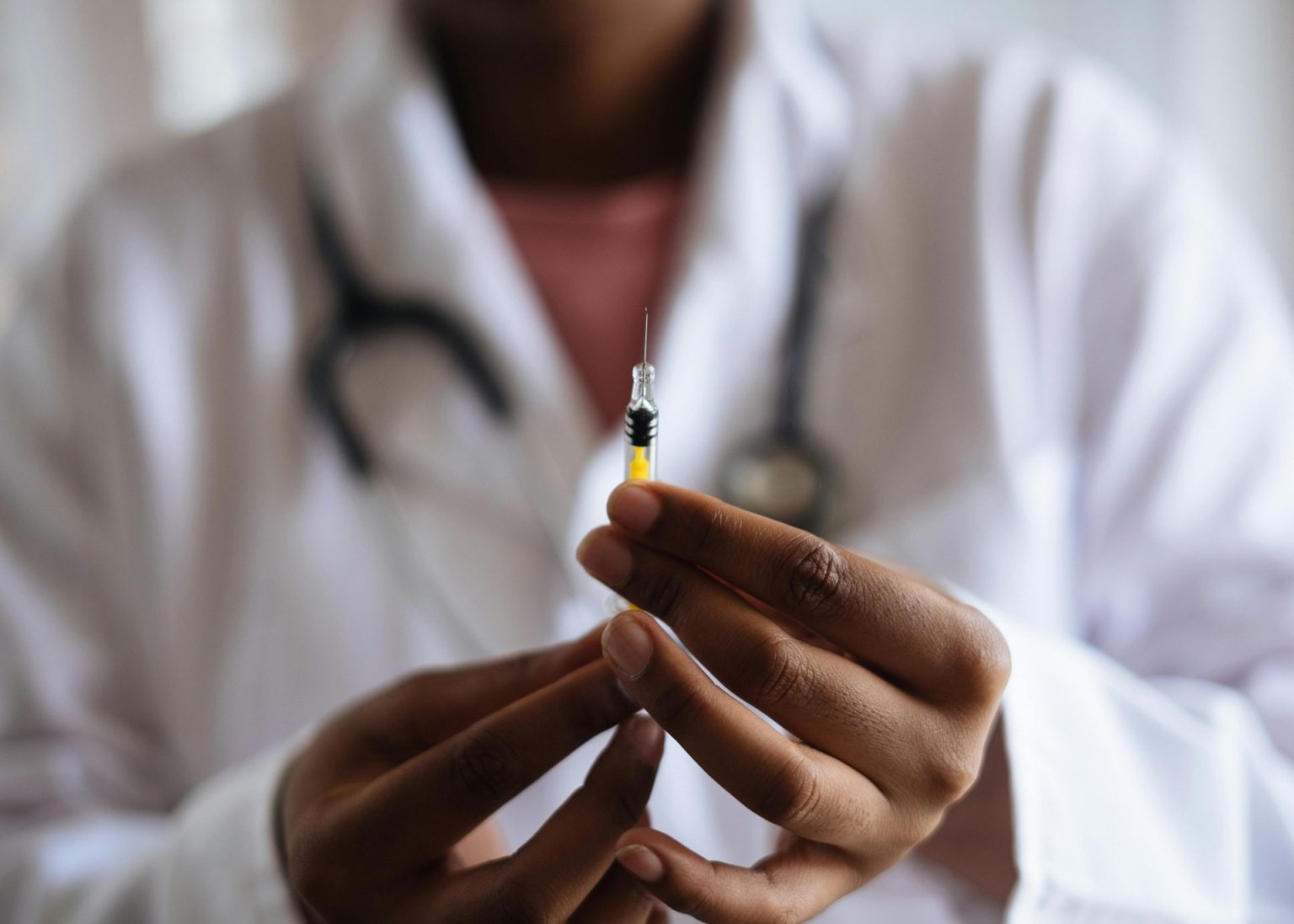Dengue fever still pain in the country’s side

Malemba Mkongo
In 2020, Agnes Wairimu’s last born child, Selina Wambui, became sick. At just three months old, the disease she had totally dragged her growth milestones.
“The baby had extremely high temperatures that could not be lowered with any medication,” Agnes said. The resident of Muamarani village in Lamu county said her baby’s situation got so bad that she could cry nonstop and refuse to breastfeed.
Agnes rushed Selina to the hospitals, but doctors were first unable to diagnose what was ailing her.
“Her situation was getting worse and doctors warned that her body water levels were slowly reducing and she had to be put on drip,” Agnes explained.
Luckily, the tests results, which included one for dengue fever that were being conducted at Kenya Medical Research Institute (KEMRI) Wellcome Trust in Kilifi county, came at the right time for Selina to start treatment for dengue fever, which included pain killers and fluid control. The test costs between Sh800 and Sh1,500.
Dr Donald Opat, the programme manager of Global Fund Malaria project by AMREF Health Africa in Kenya, said the virus is majorly transmitted to humans through the bites from infected female mosquitoes. The vector responsible is the Aedes Aegypti and to a lesser extent the Aedes albopictus.
Although other modes of transmission such as mother to child in the womb, blood transfusion and organ donation have been documented, they remain rare.
Dr Opat added that symptoms usually last between two to seven days and it takes between three to14 days before the disease starts to manifest. He said, out of four people infected with dengue fever, only one person will get sick as most cases are asymptomatic or might show mild symptoms.
Among those who get sick, out of 20 people, only one person will get severe dengue, which is more serious. The disease has no definite treatment, but rarely causes death unless one gets the severe type.
“Dengue fever is usually self-limited illness as there is no specific antiviral treatment currently available for dengue fever. Supportive treatment with painkillers, fluid replacement and bed rest is usually sufficient,” he said.
Fortunately, Selina’s condition slowly started improving and she was later discharged.
“It was painful to see my child in pain, crying nonstop, not in a position to tell what was hurting him and I could do nothing,” she said.
Two years later, the mother of two has ensured that no one in her family ever goes through the ordeal ever again.
Ranked fourth
She has made sure that each member of her family sleeps under a treated mosquito net to prevent infection with either dengue or malaria.
Dengue fever ranks as the forth neglected tropical disease in the world despite reported cases gradually increasing over the years.
Unlike the malaria causing mosquito, the dengue mosquito bites during daytime and dwells around clean water. The disease is common in tropical and sub-tropical climates worldwide due to humidity and, especially in urban and semi-urban areas.
In Kenya, dengue is common in the Coastal areas, especially in Mombasa and Lamu counties. Cases have also been reported or suspected in Nyanza and Mandera.
Dr Opat explained that dengue fever is more common at the Coast because of higher temperatures, which increases transmission by shortening the incubation period of the virus in the mosquito, making the it more effective in transmitting the virus to humans.
He further said optimal humidity, which increases with rainfall, also increases survival chances of the mosquito.
Mombasa County’s health department communication officer Richard Chacha, said there have been 1,774 unconfirmed cases of dengue fever which are still undergoing testing at KEMRI. Likoni has the most suspected cases followed by Nyali and Jomvu area.
In 2021, Mombasa recorded 1,210 cases, with Likoni reporting 221 cases, Jomvu with 210, Changamwe had 199, and Nyali had 163. Mvita was at the bottom of the list with 87 cases, while Lamu recorded 553 cases.
World Health Organisation (WHO) classifies dengue into two categories; dengue which is asymptomatic, and dengue severe, which has signs and symptoms.
For dengue, some signs include headache, pains behind the eyes, muscle and joint pains, nausea, vomiting, swollen glands and rashes.
The severe dengue , which has the potential of being fatal, has signs of severe abdominal pain, persistent vomiting, and rapid breathing, bleeding gums, fatigue, restlessness and blood in vomit.
Severe dengue has, however, not been reported in Kenya or Africa, but it is common in some Latin American and Asian countries.
According to WHO, half of the World’s population is at risk of being infected. Yearly, 100-400 million infections are recorded each year.
With the long rains expected to start on next month, Mombasa county is not leaving anything to chances and has been on the run to avert a possible outbreak.
The county has been sustaining efforts ,which started in partnership with the Redcross Society of Kenya in 2021, where they jointly trained Community Health Volunteers (CHVs) and distributed treated mosquito nets.
Chacha said the health department through CHVs has been sensitising the residents on the need for clean environment and by further collecting and burning waste, which are breeding hubs for dengue causing mosquito.
The volunteers have also been larvaciding (spraying insecticide specifically targeted against the larval life stage of insects) areas, which are possibly inhabited by the dengue mosquito.
Above all, Chacha said the county has been on high alert to arrest any case of dengue to avert an outbreak by carrying out a continued heightened surveillance.
Christine Otieno, a resident of Bemzungu village turned her experience of suffering from dengue fever into a campaign.
In August 2021, Otieno and one of her children were diagnosed with dengue fever, which manifested as a normal fever. Being a community heal th volunteer who went round sensitising others on the disease, she totally ruled out the possibility of suffering from it and her fears was that she might have contracted Covid-19.
“I had a persisting diarrhoea and a cough, and despite self-medication, I could not stem it. At times, I experienced a blocked chest, which caused difficulties in breathing,” she said.
With the fear of being thrown into an isolation centre if confirmed she had Covid-19, Christine stayed away from the hospital and her fears were justified as cases of infection with the Delta variant were rampant in the coastal city.
However, the situation got worse when she woke up one morning with a headache and joint pains so severe that she could not open her eyes.
No discrimination
With every ounce of energy left, she took herself to hospital, where after several tests, it was confirmed she had both dengue fever and Covid-19. She was placed under medication and allowed to go home.
However, the same night she started her medication, her lastborn son showed similar symptoms and upon a hospital visit, doctors diagnosed him with the same disease.
Aside from time and effort taken in nursing the two patients, the disease took toll on the already struggling family in terms of finances as they had to cater for all treatment expenses from their own pocket.
Christine said testing and treatment cost at least Sh8,000, money which was unavailable, forcing them to borrow from friends.
She describes the disease as a near-death experience, especially for the young ones, who cannot explain how they feel.
“The fevers are abnormally high, you experience serious headache, all the body joints become painful and you vomit anything you eat or drink,” she said.
It is because of the pain and suffering that Christine opted to take her CHV role more seriously. She has been sensitising fellow villagers on dengue fever and cleaning the environment by collecting litter, especially empty containers and burning them.
Together with other CHVs, she also occasionally fumigates the village to get rid of mosquito larvae.
On a personal level, the mother of four makes sure everyone sleeps under a mosquito net. Like malaria, many people tend to think dengue is a ‘poor-man’ disease that only affect people in the informal settlements or middle class estates.
However, statistics have shown the neglected tropical disease respects no class as it affects people from all cross of lives and ages.
Lack of clear policy guidelines on dengue fever prevention and control including urban planning policies while the interventions to control and prevent vector diseases including mosquito-borne diseases are unsatisfactorily.
Dr Opat noted that most diagnostic tests available are expensive and most rely on relatively complicated laboratory procedures that require series of tests that often take time, thus making the whole treatment costly.
Additionally, besides being expensive, diagnostic kits are sometimes lacking, consequently, compromising effective diagnosis of dengue especially with the only laboratory with capacity to conduct the tests being KEMRI-Wellcome Trust laboratories in Kilifi.
The doctor further says dengue outbreaks occurring during a malaria outbreak is often misdiagnosed as malaria due to almost similar symptoms.














